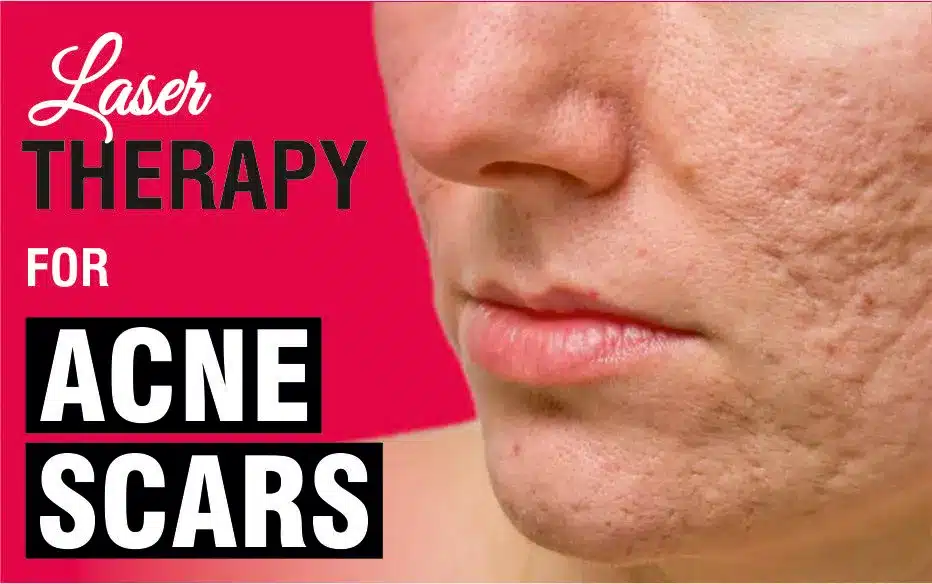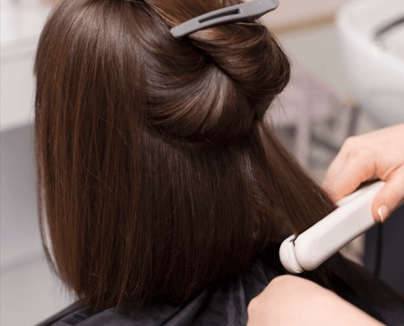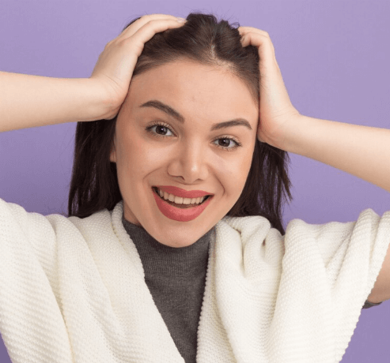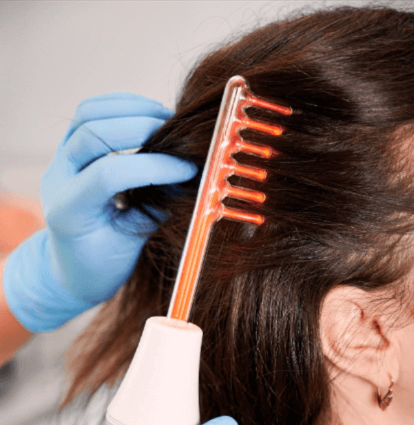Acne can be persistent, painful, and emotionally distressing—especially when conventional skincare fails to deliver results. That’s why many patients turn to medical-grade laser acne treatments in Korea, where dermatology clinics are known for their advanced technology, highly trained specialists, and customizable care plans.
A common question asked by both local and international patients is:
👉 “How many laser sessions do I actually need for acne treatment?”
In this guide, we’ll break down the answer based on acne type, skin condition, laser technologies, and expert input from Korean dermatologists.
🎯 What Does “Medical-Grade Acne” Mean?
Medical-grade acne refers to moderate to severe acne that:
- Doesn’t respond well to over-the-counter treatments
- May involve inflammation, cysts, or nodules
- Frequently leads to scarring or post-inflammatory hyperpigmentation (PIH)
This type of acne requires professional intervention, including:
- Prescription medications (oral or topical)
- Laser or light-based therapies
- Clinical-strength skincare products
💡 Quick Answer: Most Patients Need 3–6 Laser Sessions
🔁 Depending on the severity, acne type, and laser used, treatment plans typically range from 3 to 10 sessions, spaced 2 to 4 weeks apart.
Let’s dive deeper 👇
🧬 Factors That Influence the Number of Sessions
1. Type of Acne
| Acne Type | Recommended Sessions |
|---|---|
| Whiteheads / Blackheads | 2–3 sessions |
| Papules / Pustules | 3–5 sessions |
| Cystic / Nodular Acne | 5–8 sessions |
| Acne Scars (PIH, rolling scars) | 4–10 sessions |
2. Skin Sensitivity
Sensitive or rosacea-prone skin often requires:
- Lower energy levels
- Gentler lasers (like LDM or Low-Level Laser Therapy)
- More sessions for gradual improvement
🗣️ “Korean dermatologists are careful with sensitive skin. We often stretch treatment timelines to minimize inflammation and pigmentation risk,” says Dr. Lee Hyo-Jin, Seoul laser specialist.
3. Laser Technology Used
Different lasers offer different depths of penetration, downtime, and session requirements:
| Laser Type | Target | Avg. Sessions Needed |
|---|---|---|
| Gold PTT Laser | Oil glands, inflammation | 4–6 |
| LDM (Local Dynamic Micromassage) | Inflammation, sensitive skin | 6–8 |
| Fractional Erbium Glass | Early scarring, active acne | 4–7 |
| IPL (Intense Pulsed Light) | Redness, bacteria | 3–5 |
| CO2 Fractional (for scarring) | Deep scars, texture | 5–10 (more downtime) |
4. Consistency of Care
- Skipping sessions or changing skincare routines can delay results
- Patients following a customized home regimen (provided by Korean dermatology clinics) often need fewer sessions
📅 Sample Acne Laser Treatment Timeline (Moderate Acne)
| Week | Procedure | Notes |
|---|---|---|
| 1 | 1st Laser Session + Skin Analysis | Cleanse, prep, calibrate treatment |
| 3 | 2nd Session | Reduces inflammation, bacteria |
| 5 | 3rd Session | Skin starts showing improved clarity |
| 7 | 4th Session | Deeper acne reduced, scars addressed |
| 9 | Optional 5th Session | For stubborn spots or scars |
🧴 Supportive Therapies That Reduce Required Sessions
Korean dermatology clinics often combine laser treatments with:
- LED light therapy (for calming redness)
- Prescription skincare (to control oil and bacteria)
- Hydro-ampoule infusions (to restore barrier function)
- Professional extraction (to reduce clogged pores)
This multi-modal approach often means:
✅ Faster results
✅ Fewer laser sessions
✅ Lower risk of post-treatment pigmentation
🛬 What About Medical Tourists?
For international patients visiting Korea for a short stay (1–2 weeks):
- Clinics often offer accelerated programs with 2–3 laser sessions scheduled closely (every 2–3 days)
- Follow-up care and maintenance plans are provided digitally
- Patients may receive skincare kits for home use between sessions
✈️ Pro Tip: Book your first consultation at the start of your trip, allowing time for multiple sessions and healing.
⚠️ When Are More Than 6 Sessions Needed?
You may need 7–10 sessions if:
- You have deep or icepick acne scars
- There’s ongoing hormonal imbalance causing new breakouts
- You’ve had acne for 5+ years with heavy scarring
- You’re targeting both active acne and PIH
In such cases, dermatologists will use a mix of treatments, including:
- CO2 fractional lasers
- PRP (platelet-rich plasma) with microneedling
- Peels or TCA cross techniques
📊 Summary: Laser Session Count by Condition
| Condition | Laser Type | Sessions Needed |
|---|---|---|
| Mild Acne | IPL / LDM | 2–4 |
| Moderate Acne | Gold PTT / Erbium Glass | 4–6 |
| Severe Acne | Gold PTT + CO2 Fractional | 6–8 |
| Early Acne Scars | Fractional Non-Ablative | 5–7 |
| Deep Acne Scars | CO2 / RF Microneedling | 8–10 |
🧠 Final Advice: Trust Your Dermatologist’s Plan
Every skin is different, and so is every acne journey. The number of laser sessions you need depends on a professional assessment, your commitment to aftercare, and your long-term skin goals.
In Korea, dermatology clinics are known for:
- Personalized treatment mapping
- Consistent progress tracking (e.g., VISIA skin analysis)
- High safety standards and aftercare protocols
🗣️ “We tell patients not to chase quick fixes—our job is to treat the root cause, protect your skin barrier, and leave no scars behind,” says Dr. Kang Ji-Hoon, skin laser expert in Busan.
📍 Book a Custom Acne Laser Plan at Our Seoul Clinic
Ready to take control of your acne with Korean medical-grade technology? Our bilingual team of certified dermatologists will create a customized laser schedule based on your skin’s needs, lifestyle, and travel plan.
📞 Consultation: Available in English, Mandarin, and Japanese
📍 Location: Gangnam, Seoul
📦 Ask about our 3-session acne clearance package for international visitors!
🌐 [clinic-website.com]




